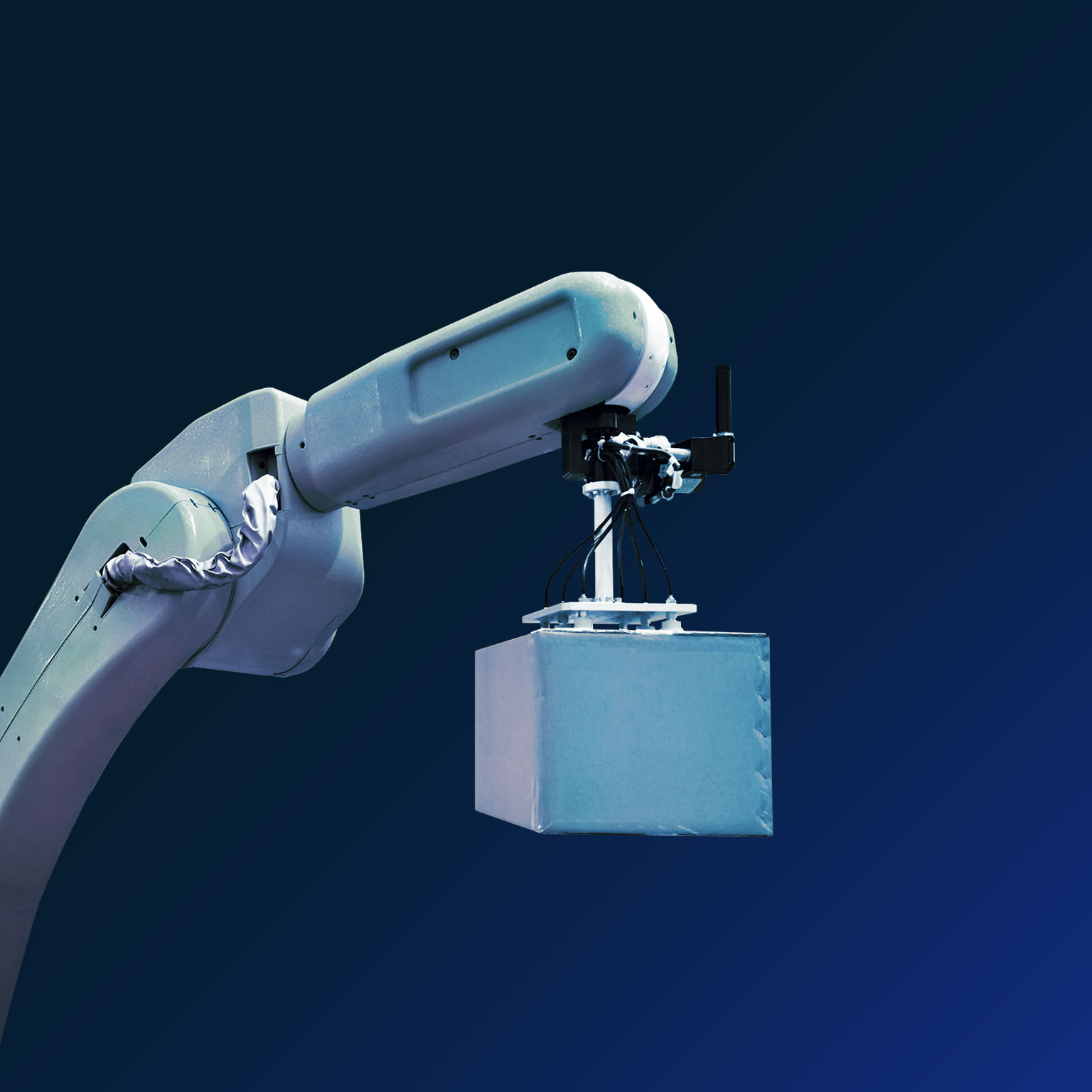   
 | From the Editor's Desk
Automation in retail: An executive overview for getting ready Retail is under pressure. Margins are stressed from all sides: higher costs to manage e-commerce supply chains, growing demands from suppliers to pass on raw-material cost inflation, higher investments to match new competition, and steadily rising labor costs. At the same time, the customer's expectations continue to surge as digital natives and disruptors alike raise the bar for personalized service - on the back of what, at times, is an advantaged cost structure. As retailers struggle to adapt, and even to survive, they increasingly pursue automation to address margin strain and more demanding customer expectations. Automation, however, is a new capability for all but digital natives, and the sophistication in approach varies accordingly.
Over the past three years, the McKinsey Global Institute has conducted a broad-based research initiative on automation across sectors. This research has shown that about half of the activities in retail can be automated using current, at-scale technology. While this number is alarming, the change will be less about job loss and more about the evolution of jobs, the creation of new ones, and reskilling. Only about 5 percent of all jobs can be fully automated with current technology, and automation will lead to the creation of jobs as companies invest in growth.
In our work in the retail sector, we see automation reshaping business models and the broader value chain. Let’s start with four new realities we observe among retailers.
Continued here
Read TradeBriefs every day, for the best insight!
Advertisers of the day
INSEAD: The INSEAD Leadership Programme for Senior Executives - India
Wharton Business Analytics Team: Wharton's Business Analytics Program (Online)
Our advertisers help fund the daily operations of TradeBriefs. We request you to accept our promotional emails. | | |
No comments:
Post a Comment